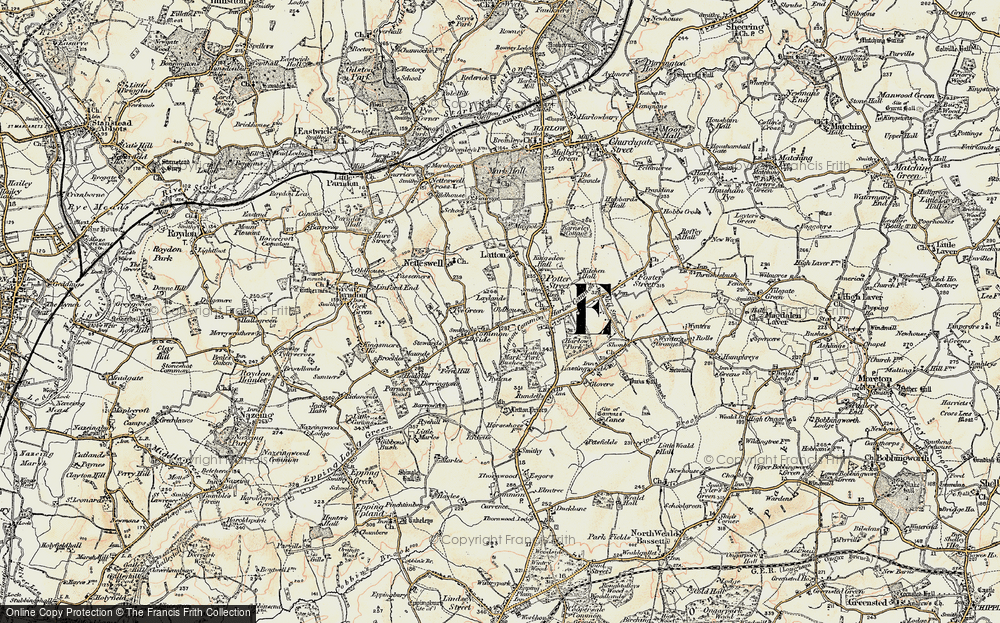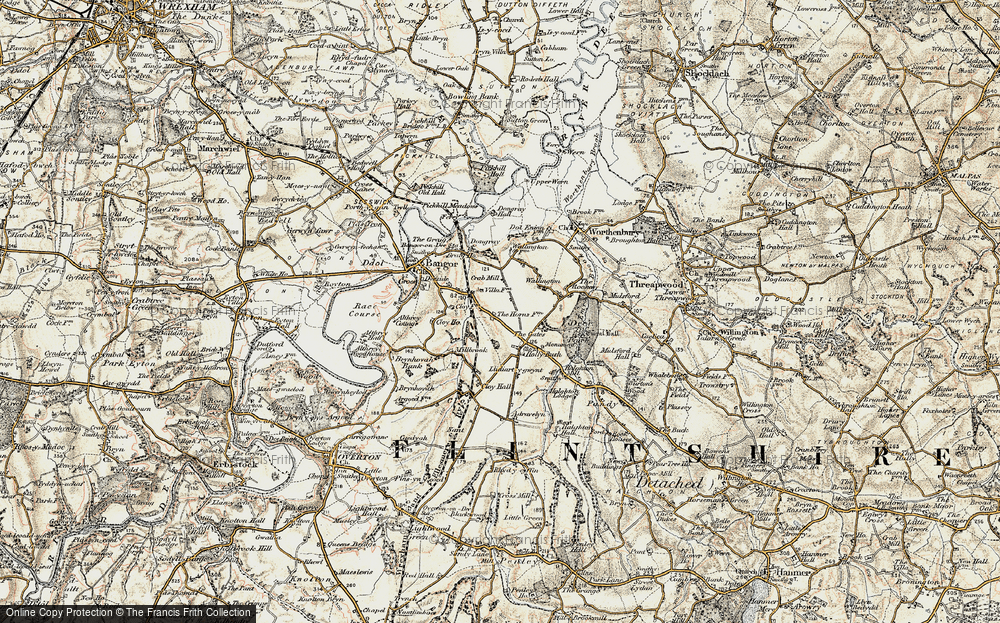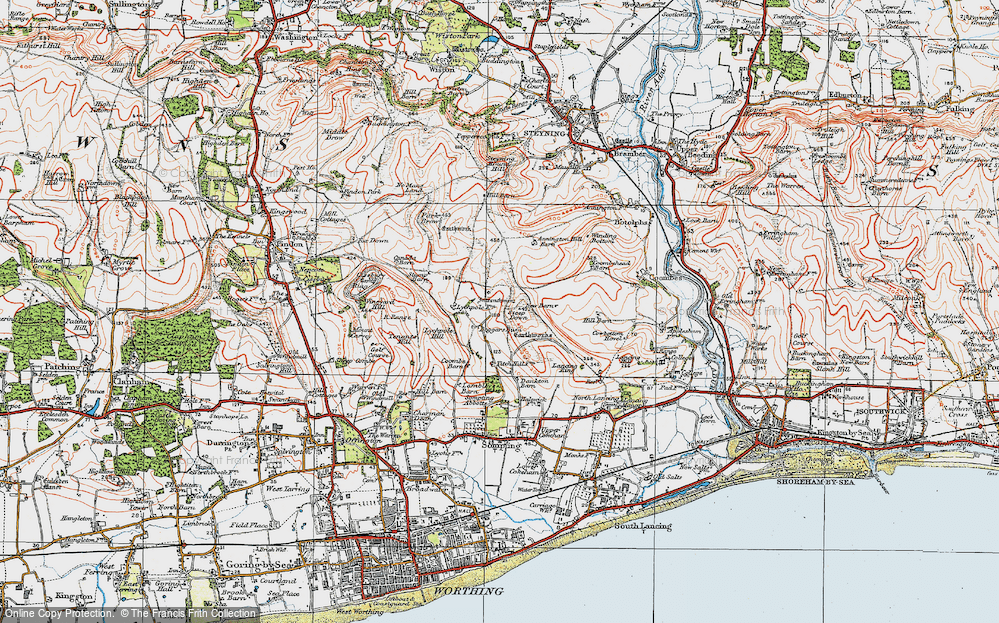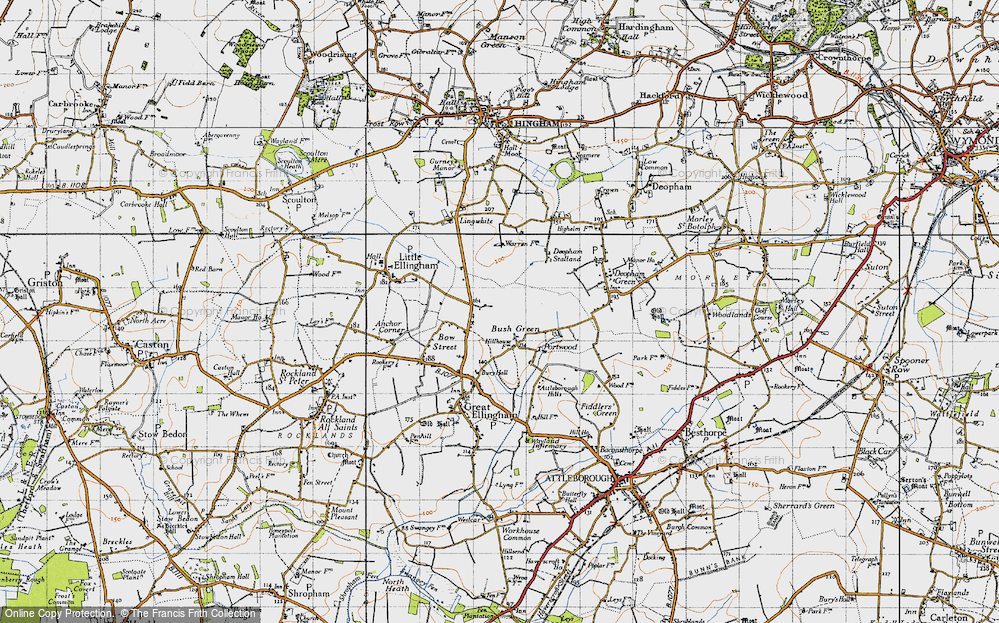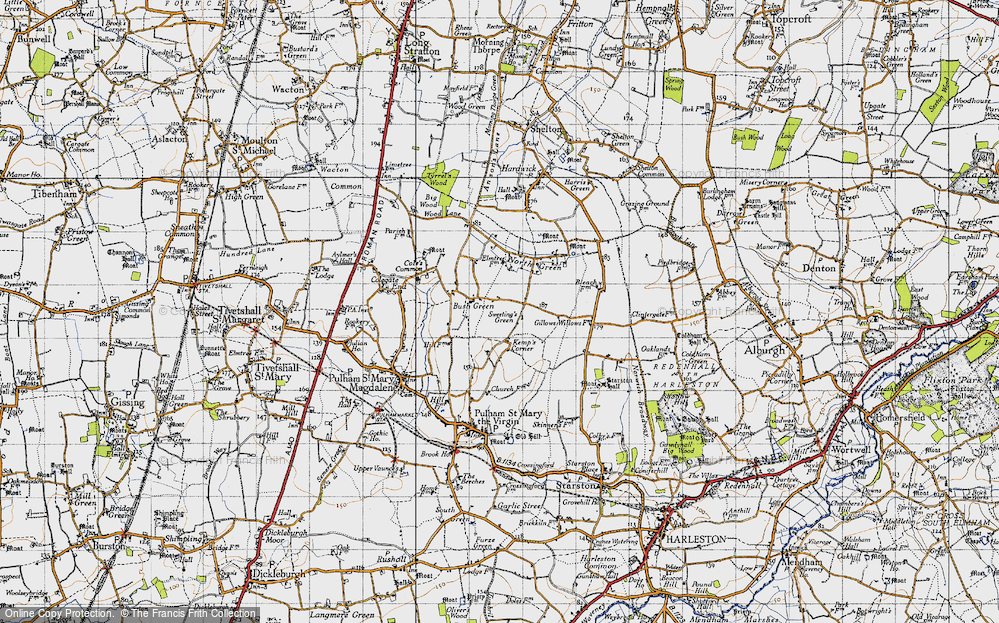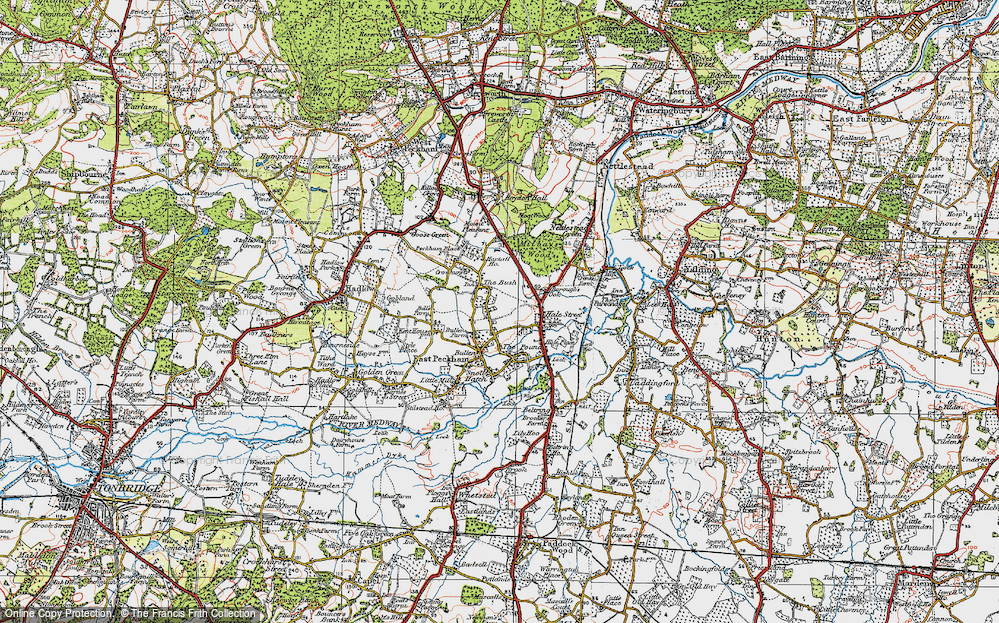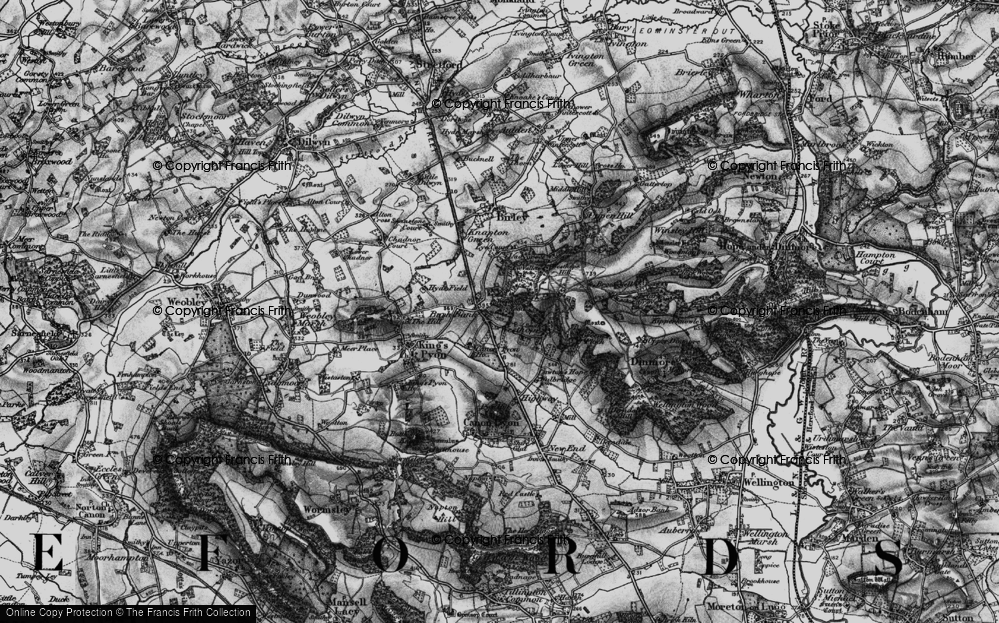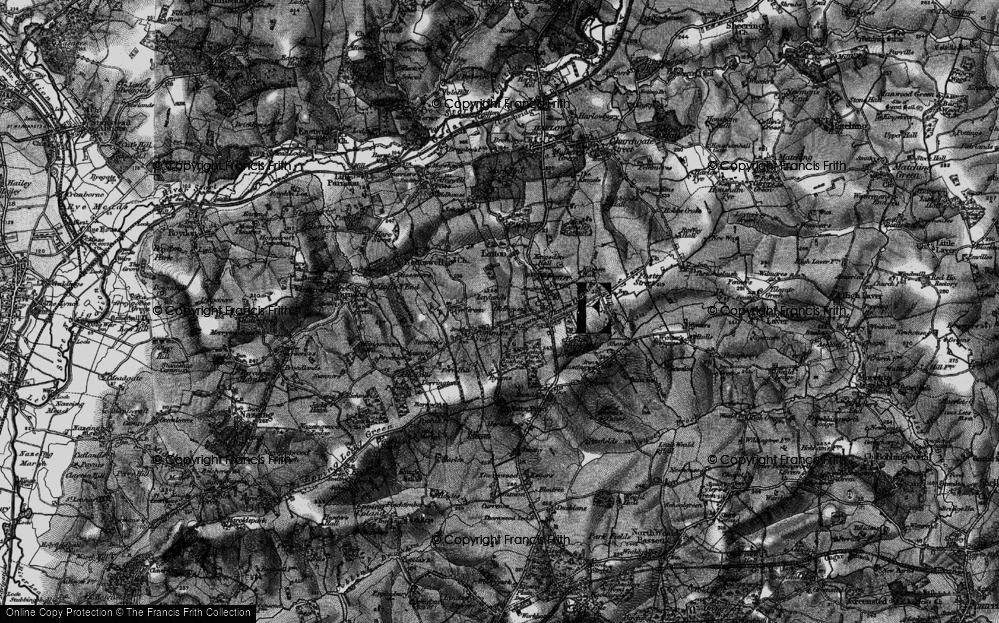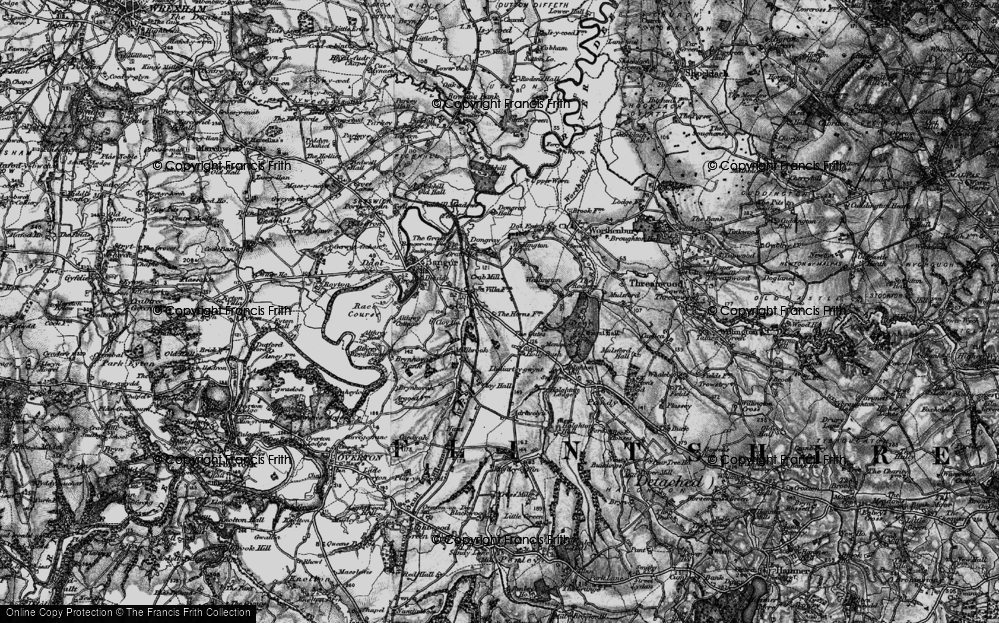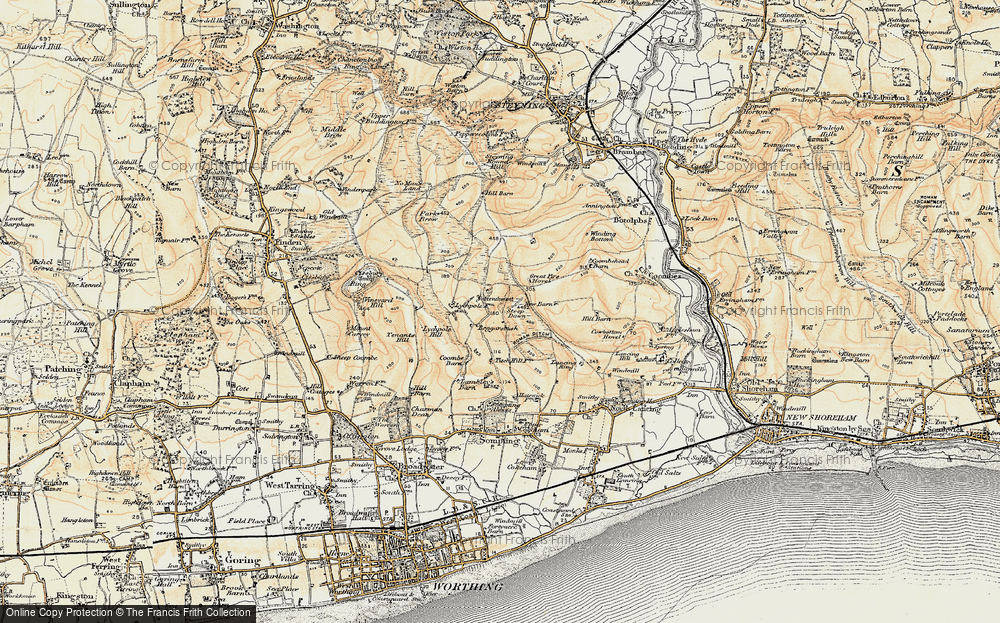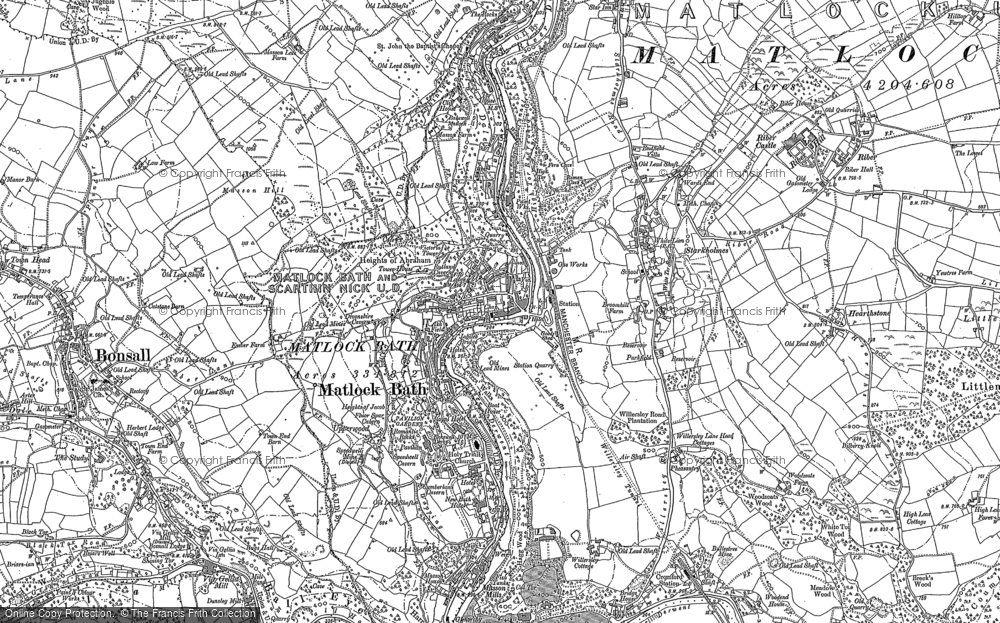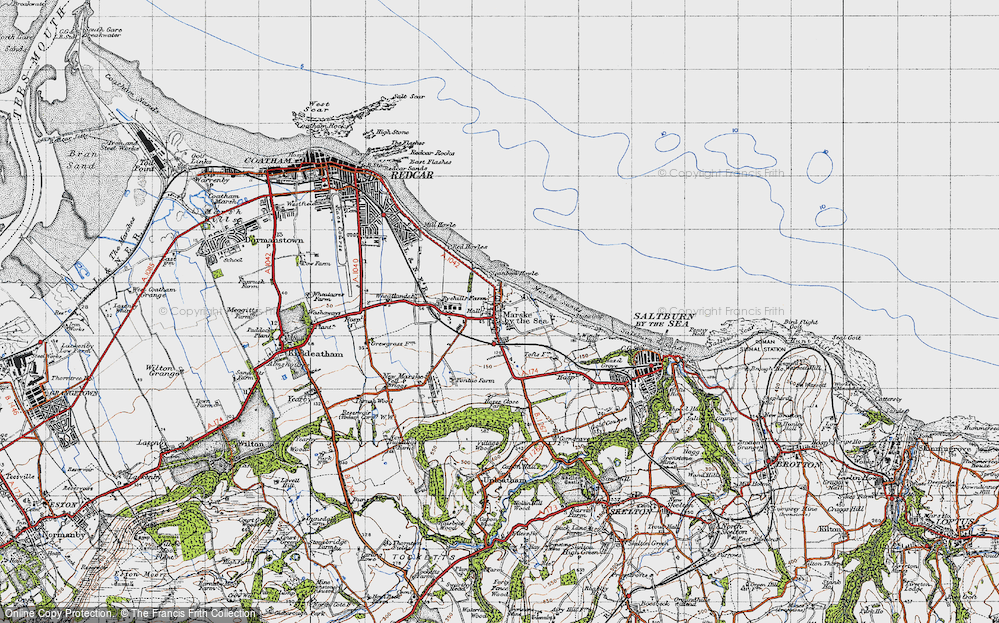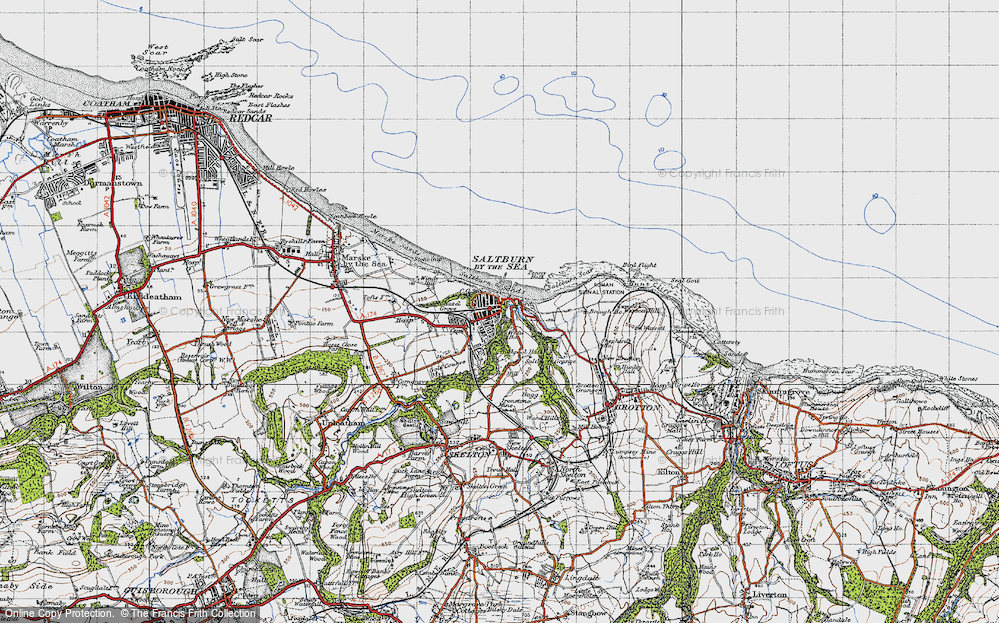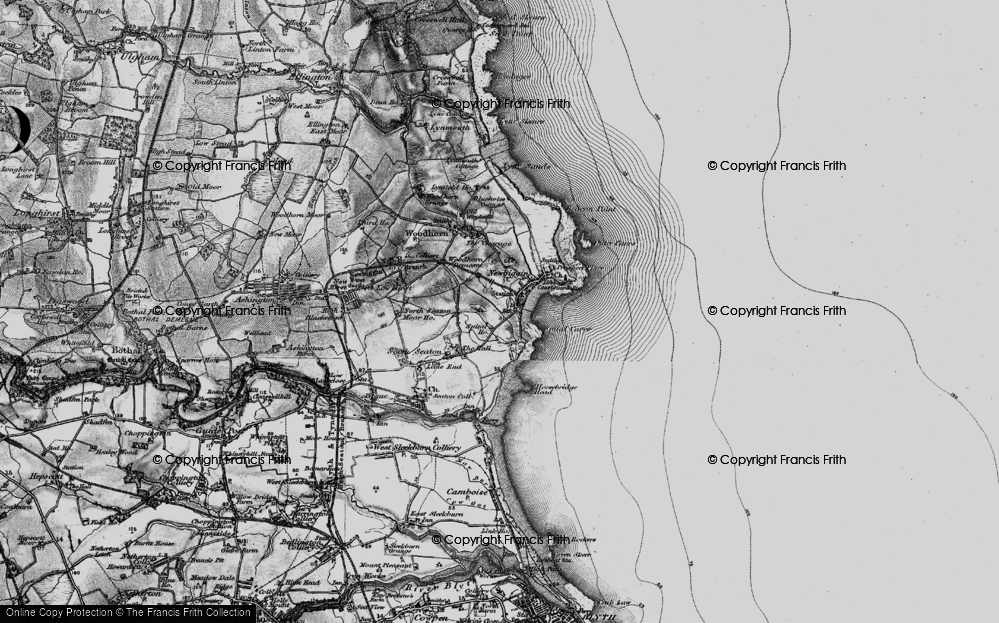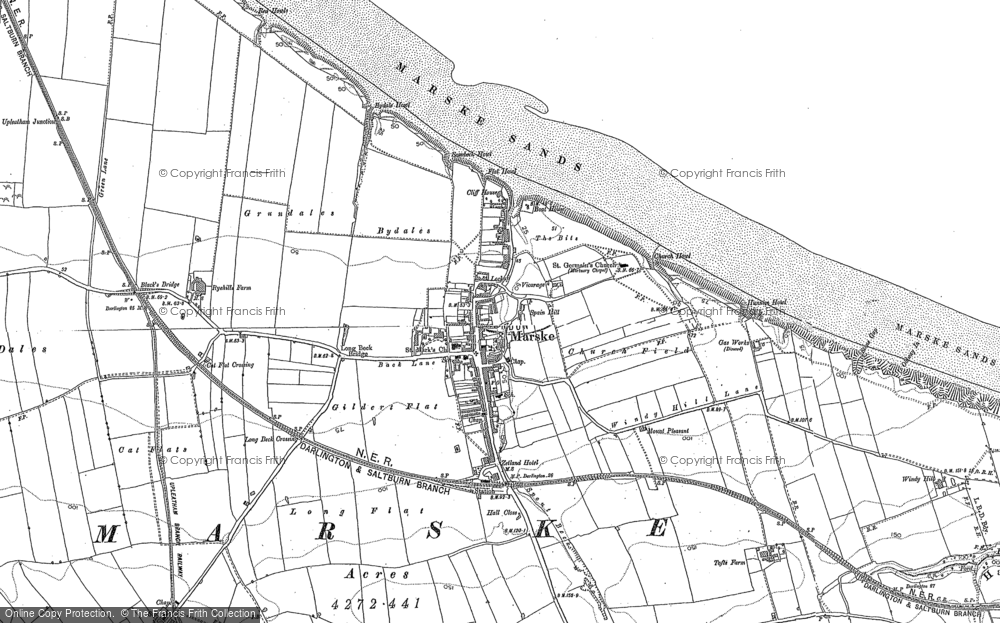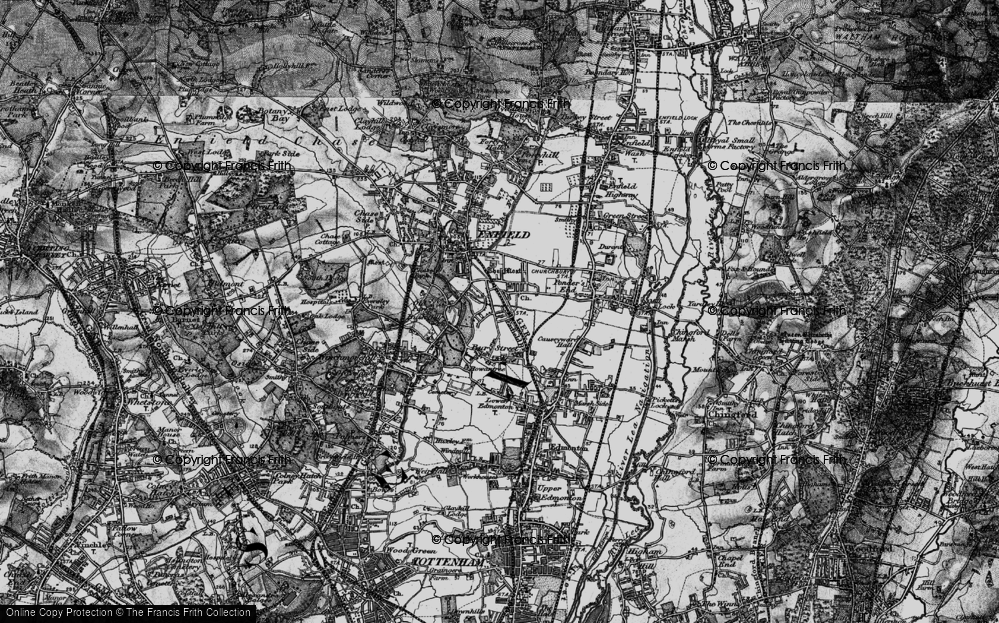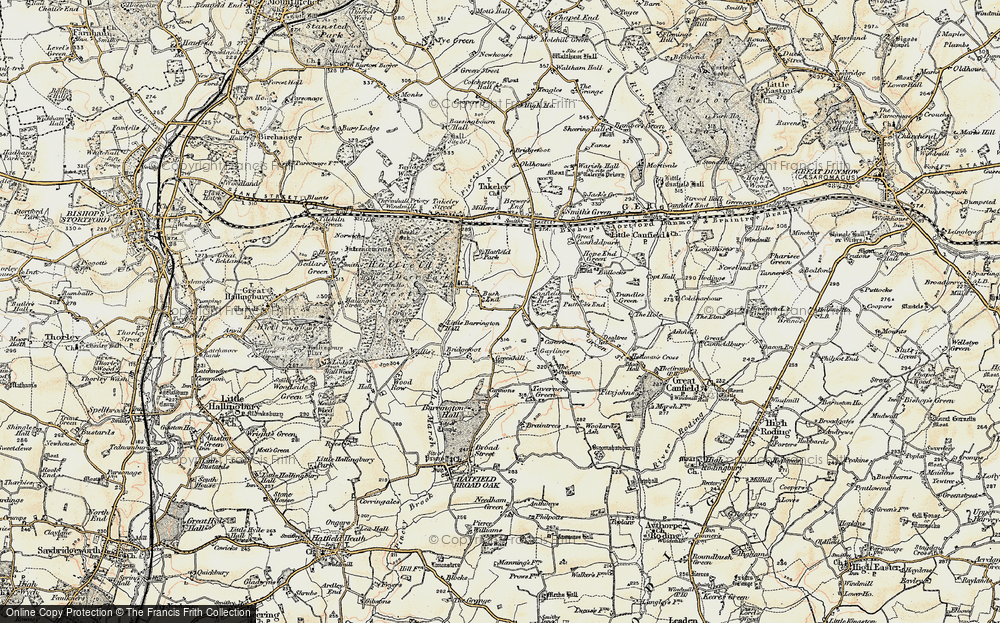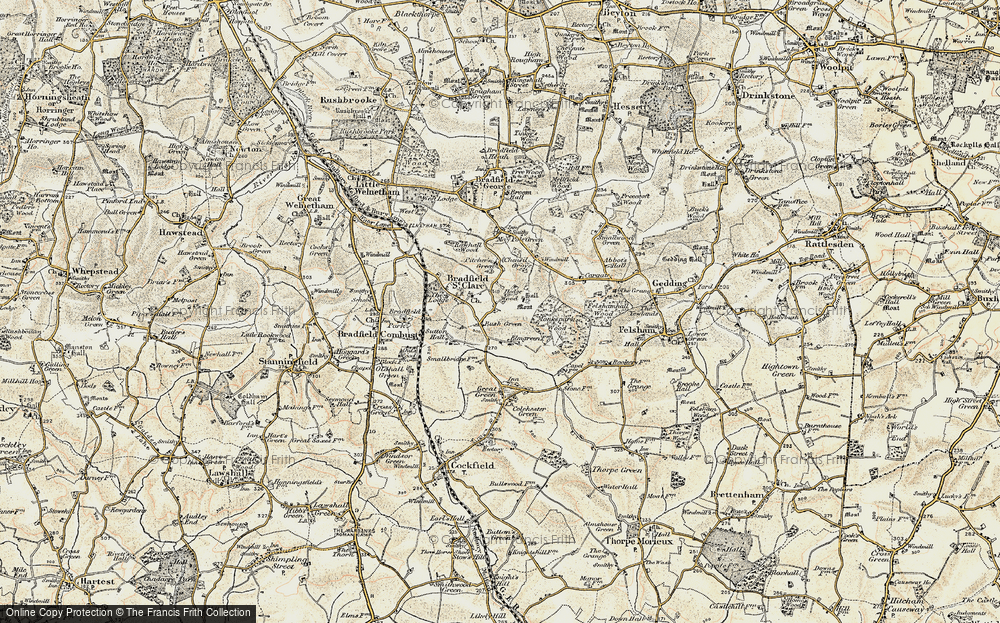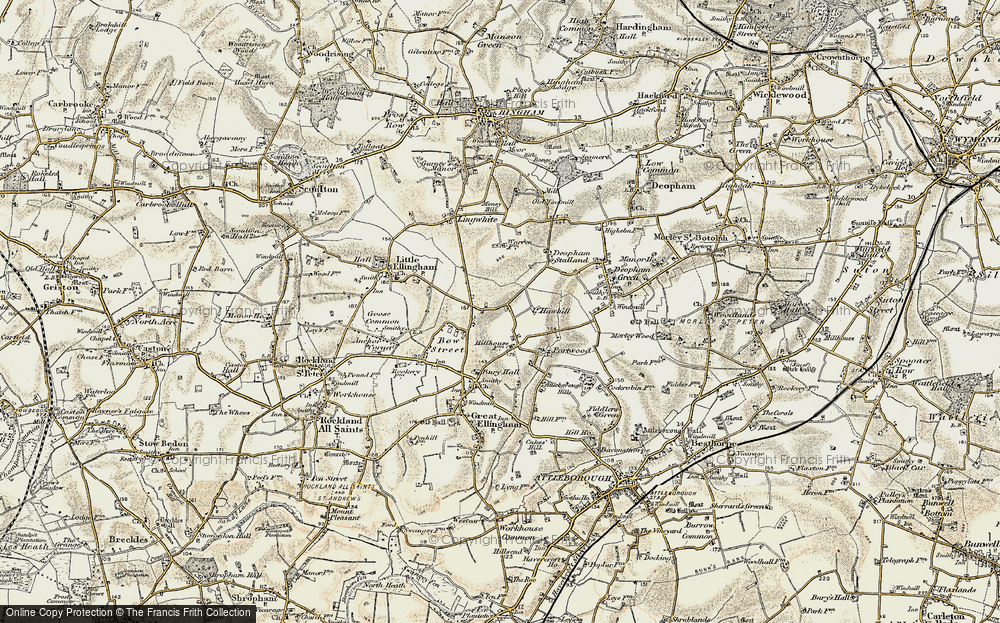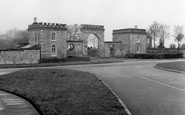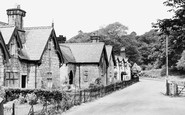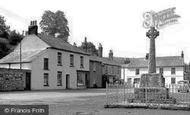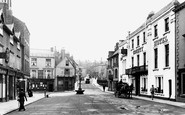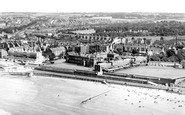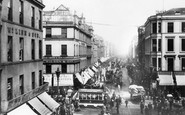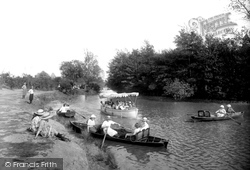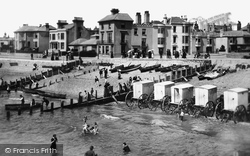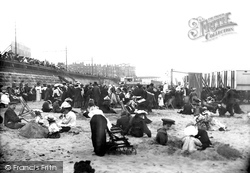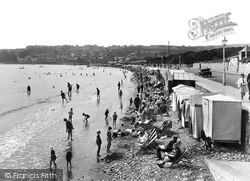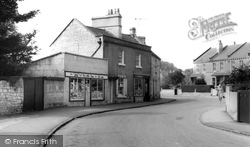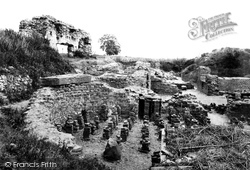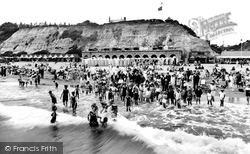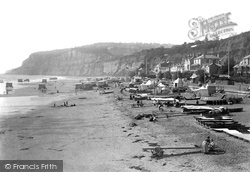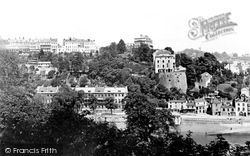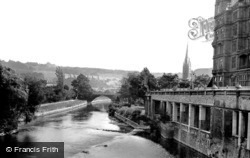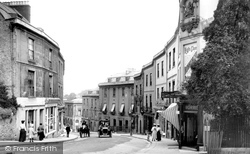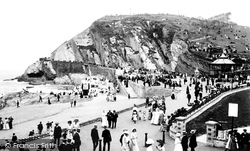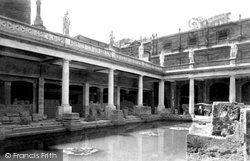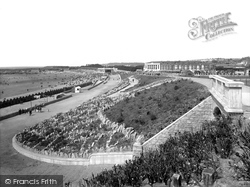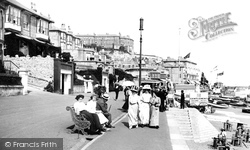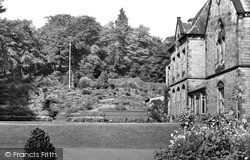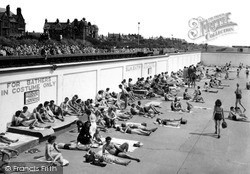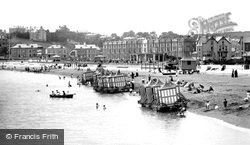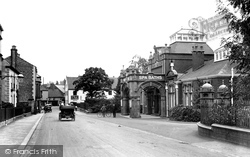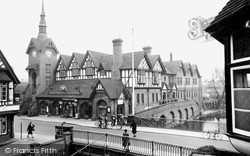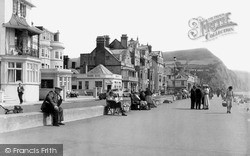Places
Sorry, no places were found that related to your search.
Photos
Sorry, no photos were found that related to your search.
Maps
1,353 maps found.
Books
3 books found. Showing results 97 to 3.
Memories
2,048 memories found. Showing results 41 to 50.
25a Station Approach, Hinchley Wood
I am Ray Morgan and I moved into a flat over Webbs the estate agent in 1949. My brother Paul was born in 1950. My father Vincent was self employed and set up a car hire business. Later on he started to ...Read more
A memory of Hinchley Wood in 1949 by
29 Seagate, Irvine
Hi, my name is Colin, I live in Lowestoft, Suffolk. The picture you have of 29 Seagate, Irvine is part of the building we lived in, the part you see was used as a workshop when we lived there, he did upholstery. We had no ...Read more
A memory of Irvine in 1953 by
40s/50s
Early memories of Buckhurst Hill. Re. Mark Brazier's message. Yes I remember the Three Colts and the French family. The son David was a close friend so I spent a lot of time there. I remember your mother and father Audrey and Ged ...Read more
A memory of Buckhurst Hill by
5 Mill Terrace
As a young child, I lived at number 5 Mill Terrace. It was my grandparents' house. Their names were Stanley and Alice Timberlake and they were able to rent the house because my grandad had worked for a local landowner by the name ...Read more
A memory of Bersham by
5 Silver Terrace, Southdown
I read Steven Mewtons memories with interest. I too, was born in 1952 and often stayed with my Gran, aunts and uncles at No.5 Silver Terrace. She was Mrs Knight and my father was Jim, with brothers John, Fred and Alex ...Read more
A memory of Millbrook in 1952 by
51 Old Elvet
My Grandparents ran a boarding house at 51 Old Elvet opposite the Shire Hall I was born in 1943 my Father actually went to Durham school where he represented the school in Both Football and Rugby I have tremendous memories of Durham City ...Read more
A memory of Durham by
60's Clubs,Dance Venues And Coffee Bars In And Around Welling
During the 1960's many venues opened in and around Welling to cater for a growing music and dance culture. Teddy-boys and Rockers had frequented the Embassy Ballroom, but when Mod became ...Read more
A memory of Welling by
70s Thoughts
I came from the north to work in Margate from 70 to 72--at what was then called the Isle of Thanet District Hospital, Margate Wing. For my first 2 months I lived in staff accommodation at the Royal Sea Bathing Hospital. I'm sure that ...Read more
A memory of Margate in 1970 by
80 Years Turnchapel
Hi, my name is William John Maunder and I am 81 years old and my first memory of Turnchapel is the early years of the WW2 . At the time I was living at Crownhill at that time on the outskirts of Plymouth, today day near B&Q ...Read more
A memory of Turnchapel
919 Argyle Street 1961 To 1966
My grandparents lived at 919 Argyle Street for many years and as a child my mum, sister and I lived with them, it was cramped, very cramped, and when I had mumps I slept in grannie's bed in the "hole in the wall" and ...Read more
A memory of Glasgow by
Captions
1,059 captions found. Showing results 97 to 120.
A wonderful evocative scene of people enjoying themselves on the pond; note in particular the boat with a canopy.
From the beginning of the 19th century most resorts had bathing machines in which bathers could change while being dragged into the sea, initially by horses and later by winches.
A large crowd gathers around Edward Perkins' bathing platform on the gently sloping Margate Sands.
Until the 1960s, Winchester's pupils led a Spartan existence, bathing every day in cold water in tin baths; perhaps this helped generations of schoolboys to face the rigours of life outside and
Swanage has an advantage as a resort in that there is little difference between high and low tides, allowing good bathing at most times of the day.
Now part of the City of Bath, this once provided access to the Bath stone quarries of the 18th-century magnate Ralph Allen.
Wroxeter, known in Roman times as Viroconium Cornovior, became a tribal capital and the fourth largest Roman town in Britain.
By the 1920s, bathing costumes had become more practical than those shown in the previous illustrations, and the bathing machines had become redundant in favour of smaller kiosks and tents.
Safe bathing brought thousands of early visitors to Shanklin, as we can see from the profusion of bathing huts and tents. Many of the boats in the foreground would have been for hire.
The early use of bathing machines made Weymouth a popular resort for sea bathing, and the town has never looked back.
As Clifton's reputation as a resort grew, the late Georgian terraces were built in a style that deliberately imitated Bath.
Bath is, architecturally speaking, one of England's greatest cities.
Wroxeter, known in Roman times as Viroconium Cornovior, became a tribal capital and the fourth largest Roman town in Britain.
Much grander is Bath Street. Its name is appropriate, as its architecture is perhaps reminiscent of some of the later 18th-century parts of Bath itself.
The bathing arrangements here are peculiar.
In 1897 the architect John Brydon added these dignified colonnades around the baths with their balustrades and statues.
Rows of bathing huts line the beach, with bathing costumes (which could be hired) drying in the wind on lines behind them beside the newly-built promenade.
Ventnor never compared to Sandown or Shanklin as a centre for sea bathing, though bathing machines for ladies and gentlemen flourished in King Edward VII's reign.
The extended garden of the house is now a forecourt for a modern hotel built on the site of the old rock garden, which used to be the kitchen garden with glasshouses.
The open air baths were well populated in summer. This area was where 'sun baths' were offered 'for bathers in costume only'; there is not a bikini in sight.
Bathing machines were designed to be pushed into the sea, allowing bathers to change and enter the water with maximum decorum.
On the west side of the city, towards Fountains Abbey, stands the Spa Baths and Pump Room, opened on 24 October 1905 by Prince Henry of Battenburg.
During the 19th century the borough council were desperately seeking new fresh water supplies for the town.
An elderly visitor contemplates a busy Sidmouth sea front on a summer's day in the 1950s.
Places (0)
Photos (0)
Memories (2048)
Books (3)
Maps (1353)


